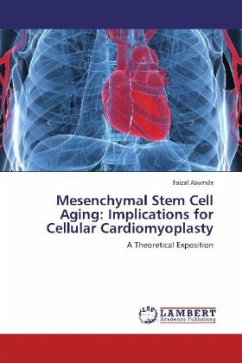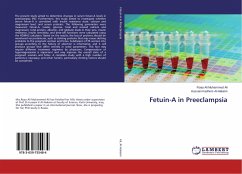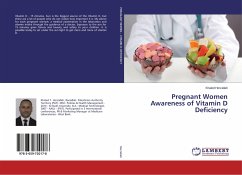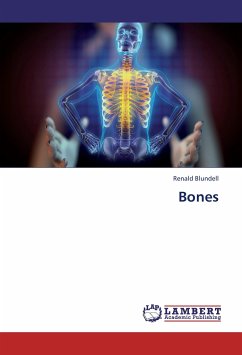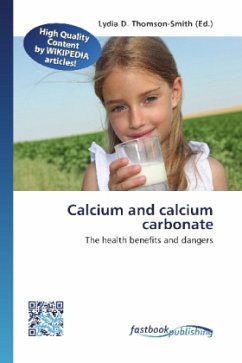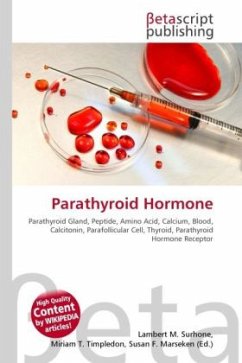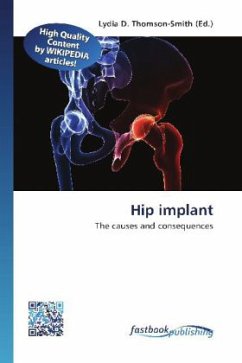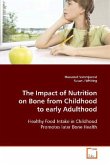Cell-based therapy geared at the replacement of lost myocardial cells, and subsequent regeneration of damaged myocardial tissue is a viable and attractive therapeutic option. Bone Marrow derived Mesenchymal stem cells (BM-MSCs) have emerged in recent years as a practical and clinically relevant stem cell for the technique of cellular cardiomyoplasty. Enthusiasm for BM-MSCs is however tempered by evidence that cells from older donors show measurable and qualitative changes in their efficacy. This work provides a theoretical exposition on why BM-MSCs are a preferred cell source for cardiac regeneration, outlines aspects of their appeal that is diminished by natural aging, and discusses approaches to their in vitro cardiomyogenic differentiation. Also presented is a theoretical discussion of the physiological significance of nuclear cardiac troponins and tropomyosin with regard to BM-MSC specific cardiomyogenesis, the importance of the stem cell niche environment, and its potential contribution to diminished BM-MSC plasticity with advancing age.
Bitte wählen Sie Ihr Anliegen aus.
Rechnungen
Retourenschein anfordern
Bestellstatus
Storno

